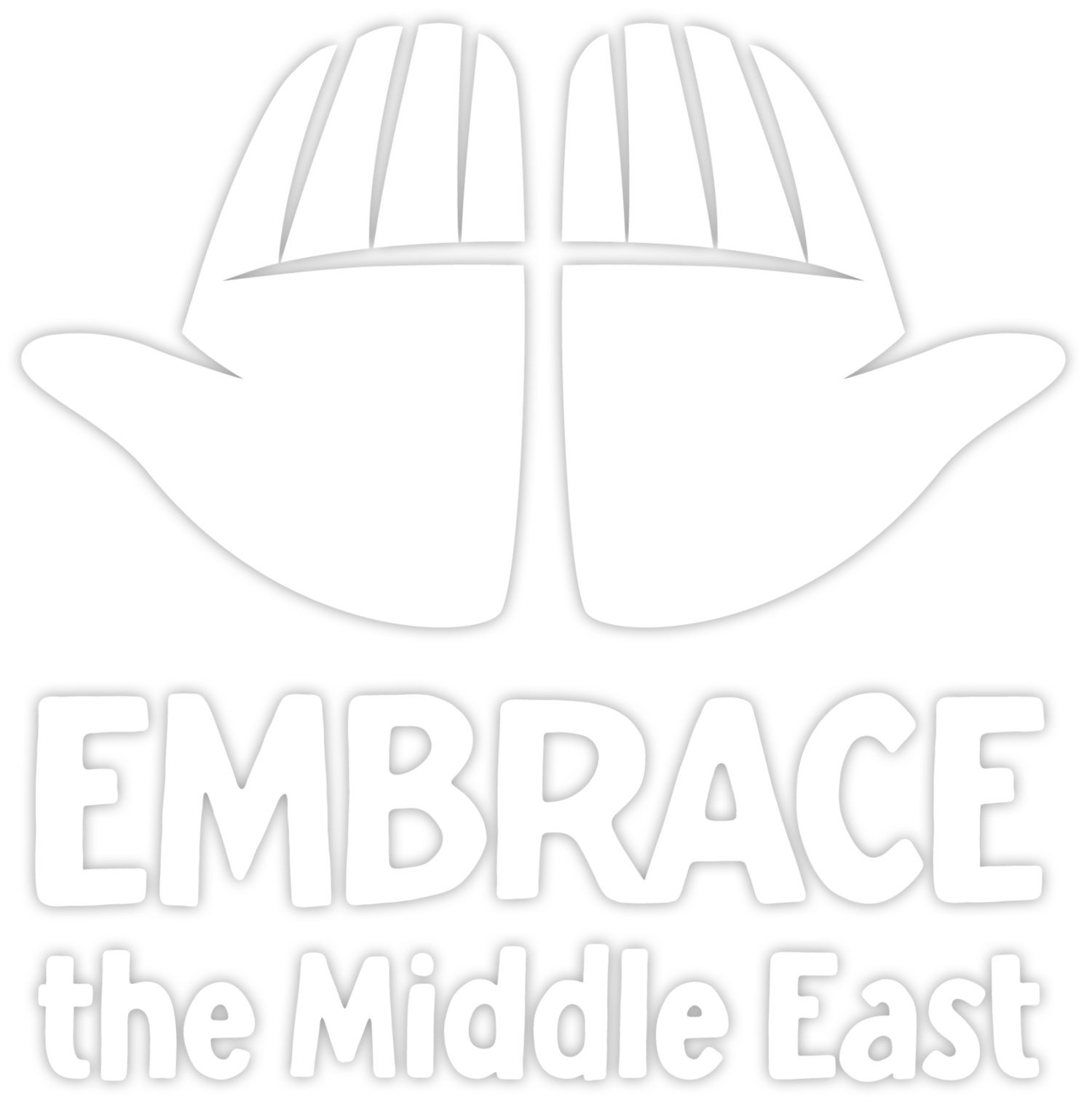An update on Israel and Palestine
May 2021
WHAT HAS BEEN HAPPENING INSIDE ISRAEL/PALESTINE?
During the holy month of Ramadan, Israeli Authorities restricted young Muslim worshippers from gathering at the Haram al Sharif to break their fast together, after prayer. Police barriers were also set up to restrict numbers. Protests erupted. Israeli police resorted to extreme force, including stun grenades and rubber bullets inside the Al Aqsa Mosque, in violation of pre-existing agreements. This action was condemned by the UN and the wider international community.
Hamas began firing rockets into Israel on 10 May in what it said was retaliation for police violation of the sanctity of the Haram al Sharif in which the mosque, the third holiest site in Islam is situated, and in support of the imminent threat to evict families from their homes in the Sheikh Jarrah neighbourhood of East Jerusalem, adjacent to the Anglican Cathedral of St George. Protests against the pending evictions had contributed to the tensions which had flared first at the Damascus Gate and then on the Haram al Sharif.
In response to Hamas rocket attacks Israel began a major bombardment of Gaza. Exchanges of rockets and heavy bombardments from air and land continued for 11 days until a ceasefire was agreed on Friday 21 May. Over 250 Gazans were killed, including at least 129 civilians, among them 66 children. 11 civilians were killed in Israel, including 3 foreign nationals and two children. One Israeli soldier was killed.
WHAT IS DIFFERENT THIS TIME?
Violence between Hamas and Israel is not new. Since 2004 there have been four wars and numerous and repeated incidents of rocket fire from Gaza into Israel, and strikes by Israeli military on what it says are military targets in Gaza.
The cycle of violence, exacerbates the trauma and deprivation caused by the blockade of Gaza which has degraded infrastructure and the provision of basic services since 2006. Two million Gazans and thousands of Israeli families living in the vicinity of Gaza live in constant fear.
Sadly the outbreak of extreme violence this time around, was accompanied by a new and disturbing development – violence between a minority of the Jewish Israeli and Palestinian Israeli communities, mostly in very mixed and deprived areas. For the first time in a generation the extreme tensions that exist between Israel and Palestine – mostly experienced by Palestinians in the Occupied Territories – spread to Israel itself. Incidents of extreme tension, incitement and violence, all too normal in the West Bank and to a lesser extent in East Jerusalem, often involving settlers considered by many to be religious extremists - racist chanting, harassment, vandalisation of property, and lynchings – erupted even in cities with a long history of coexistence.
WHAT’S HAPPENING NOW?
A ceasefire was agreed between Israel and Hamas on Thursday 20th May, meaning an end for now to military force on both sides. So far, the ceasefire has held – but tensions and violence between Israeli settlers and Palestinians in East Jerusalem and the West Bank continues, and it is reasonable to expect that the inter-communal tensions and division in some of Israel’s cities with mixed populations will continue, it at least take time to heal
As a consequence of the bombing of Gaza, hundreds of families (over 700) have been left homeless. Vital infrastructure, including hospitals, clinics, schools and power supplies, have been badly damaged.
Tragically, almost 2,000 have been injured and 253 people, including 66 children, have been killed. At least 129 were civilians. Eleven civilians in Israel and one soldier lost their lives during the violence.
Whilst we are encouraged by the declaration of a ceasefire, the long-term effects of the violence that we have seen over recent weeks will be devastating. You can help us support those in desperate need by donating to our appeal.

